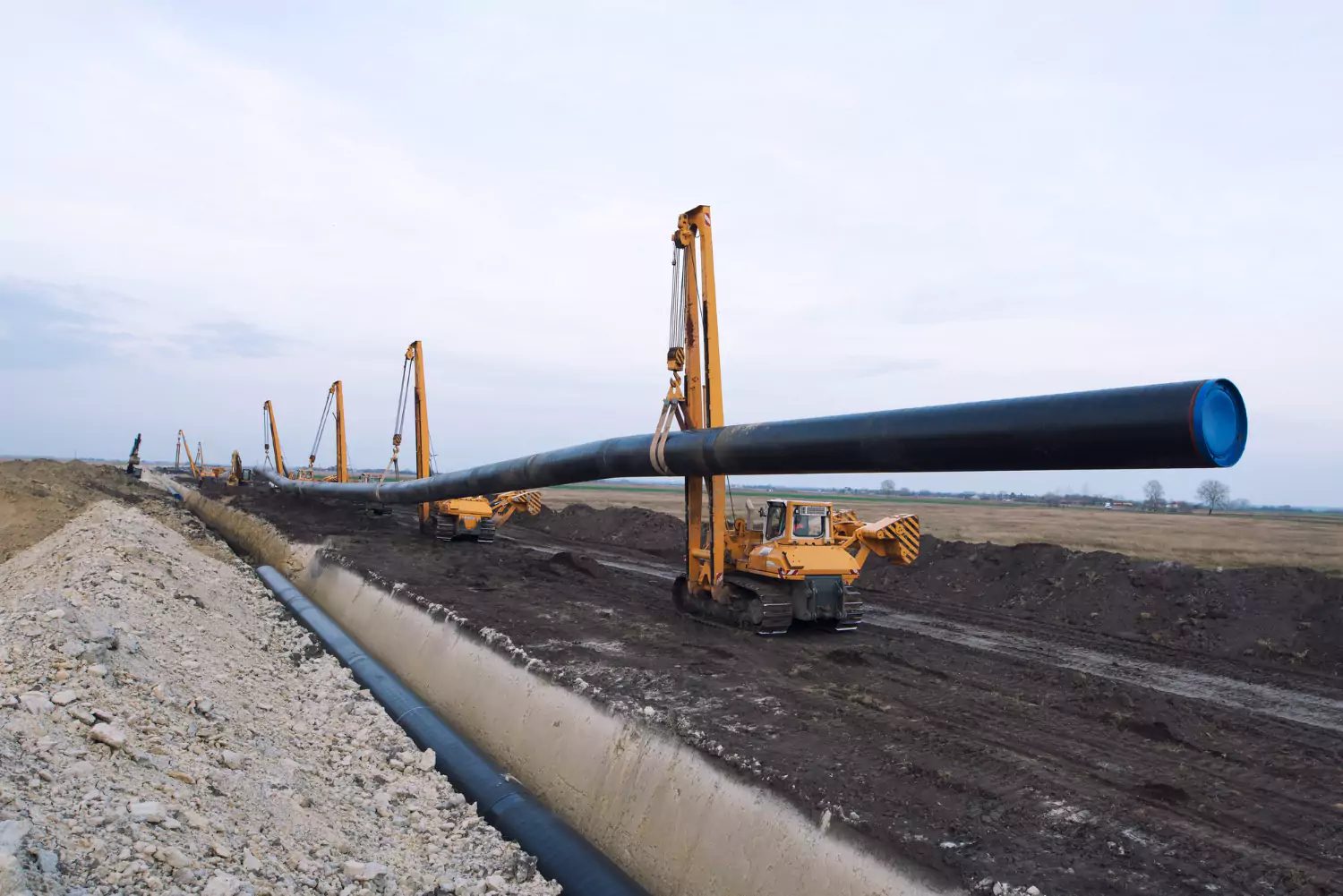Public-Private Partnerships (PPP) in Infrastructure: A Model for Africa’s Growth
Africa needs infrastructure—roads, power, ports—but governments often lack the funds or expertise to build it alone. Public-private partnerships (PPP) offer a solution. Done right, they can accelerate projects, improve efficiency, and attract investment. Done poorly, they become costly failures.
Why PPPs Work—When They Work
PPPs shift risk from taxpayers to private players. A company builds and operates a toll road, recouping costs through user fees. The government gets infrastructure without upfront spending.
But success depends on three things:
- Clear contracts – Ambiguity leads to disputes.
- Realistic revenue models – Overestimating toll road traffic bankrupts projects.
- Strong institutions – Corruption or incompetence scares investors.
South Africa’s Gautrain and Kenya’s Mombasa-Nairobi SGR show PPPs can work. Both had strong oversight and realistic financing.
Where PPPs Fail
Not every project fits the model. Nigeria’s Lagos-Ibadan Expressway faced delays because contracts lacked enforcement mechanisms. Tanzania’s Bagamoyo Port collapsed after political shifts changed terms mid-project.
PPPs struggle when:
- Governments demand too much control.
- Private firms prioritize short-term profits over long-term maintenance.
- Local communities get excluded from planning.
The Investor Perspective
If you’re considering African PPPs, focus on:
- Sector maturity – Energy and transport PPPs have better track records than water or sanitation.
- Currency risk – Will revenue be in dollars or local currency? Devaluations kill returns.
- Exit options – Can you sell your stake if things go wrong?
Morocco’s Noor Ouarzazate Solar Plant succeeded because it had World Bank backing and fixed power purchase agreements.
The Future: Smaller, Smarter Deals
Mega-projects carry mega-risks. The next wave of African PPPs should focus on:
- Modular infrastructure – Smaller, scalable projects like solar microgrids.
- Blended finance – Mixing private capital with development agency funding.
- Tech integration – Smart tolling, predictive maintenance, and digital permits cut costs.
Bottom Line
PPPs aren’t magic. They require discipline, transparency, and adaptability. But when structured right, they can fast-track Africa’s infrastructure gap—without drowning governments in debt.


